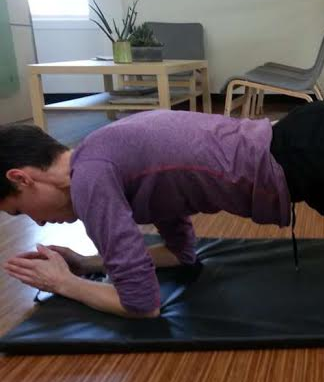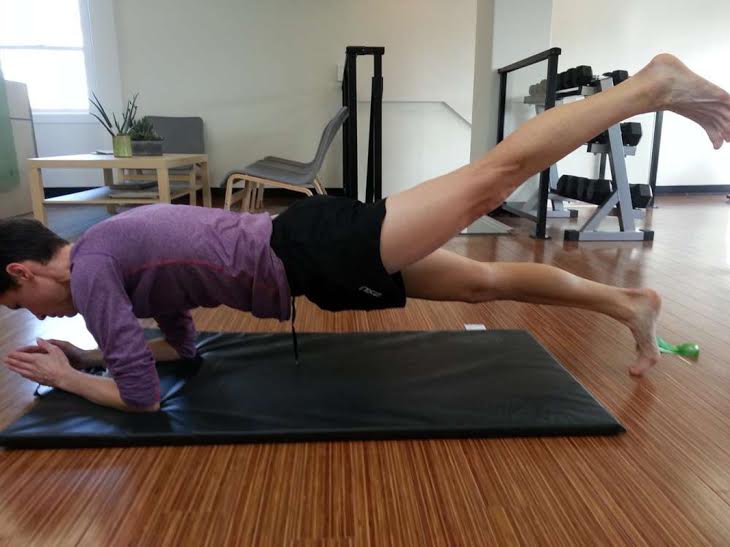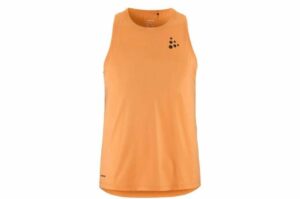Injury recovery: Physical strength comes into focus

As our blogger Tara deals with injury, she identifies weak spots and focuses on strength work.

Strength matters. As an endurance athlete, it can be easy to lose sight of this. However, a recent injury has brought this to light — and it’s now coming into full focus.
Over the past few weeks, I’ve written quite a bit about mental strength as I’ve worked through a couple of health issues (asthma and a thought-to-be stress fracture). It will continue to be an area that I work to strengthen, as I get back into physical training.
This week I will see the respiratory specialist to assess my asthma. It will be a relief to have this assessment, as it will let me know if we’re on the right track. From there Jason (my coach), Chelsea (physiotherapist), and I will come up with a training plan for the next couple of months. It will focus on building a strong base in preparation for another training block in the new year, which will lead to a spring race.
Cross training, running and strength training will be the key components through the rest of the fall and into the early part of winter. Chelsea has identified some weak areas that likely led the to the tendonitis I was experiencing around my inner ankle — acute in nature and disguised as a stress fracture. I’m actually grateful for this injury as it opened the door to identify these weak spots and to start addressing them.
Over the past week, I’ve been running every other day and have started fitting in these new strength workouts. My glutes, and more, are appropriately sore — it feels good. In some ways I’m tapping into my hockey background: squats, planks, leg lifts, dead lifts, core, etc. It’s familiar to me and I know it’s simply a matter of putting in the effort to get the results.
There are, however, differences between strength training for hockey versus strength training for distance running. In hockey, as a smaller athlete, I had to build a significant amount of muscle to compete at the level I did. This meant a lot of my training involved lifting weights — heavy weights. This isn’t the case with distance running. My strength program uses my body weight with very controlled movements to work towards optimal strength for the sport. I will build some muscle, that’s a given, but it’s far from the bulk I once had to build as a hockey player.
It has felt fantastic to be getting back to what is familiar, back to a routine, and back to actively, physically working towards my goals. Last week, I wrote about unknowns, and how it can be difficult in times of injury to manage the inevitable questions that arise. I’ve found there’s solace in focusing on what I do know: I know I can get stronger, I know I have the people around me to guide me through it, and I know I have the work ethic and ability to get me there.
The rest comes to down to patience. I’m encouraged when I think about how strengthening my body is going to impact running performance. And I’m looking forward to the months ahead as we get my asthma under control and start preparing for another training block.

